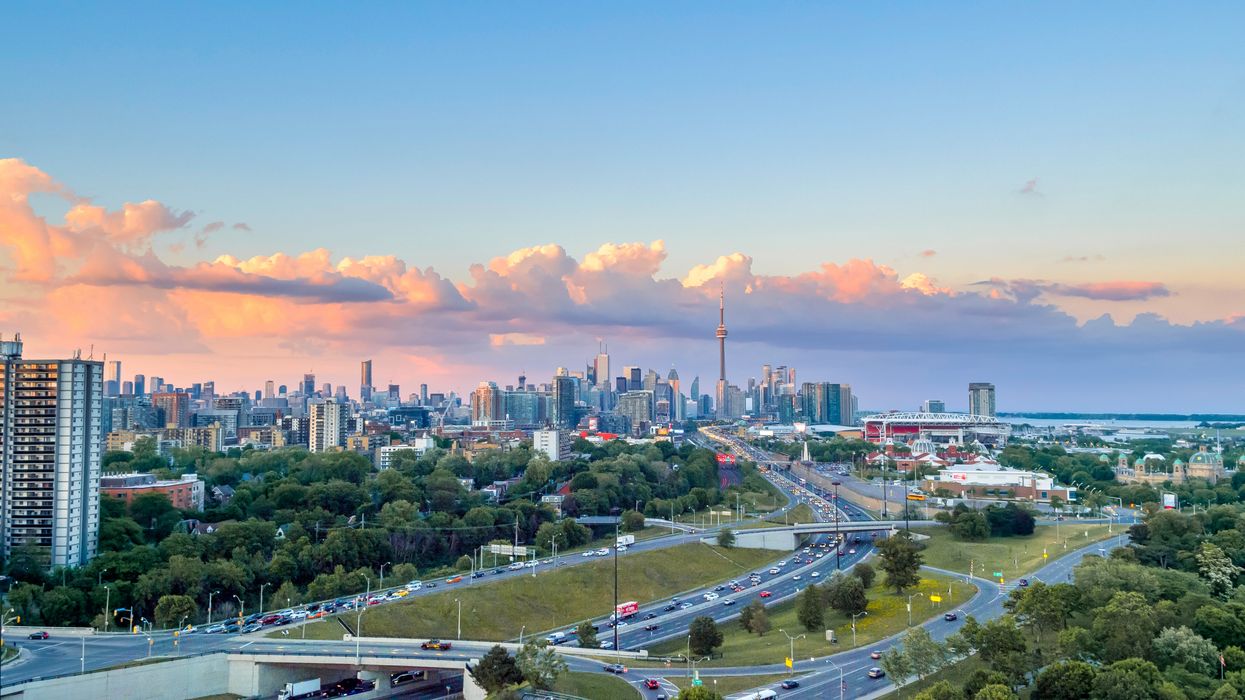“Cities,” Jane Jacobs famously told us, “have the capability of providing something for everybody, only because, and only when, they are created by everybody.”
That may have the ring of truth, but how accurate is it? “Everybody” is a pretty broad word. In large cities, “everybody” encompasses a vast range of people, many with different, often opposing, points of view. Conflict lurks at every turn.
It’s no surprise, then, that Toronto is a mass of contradictions. What city isn’t? Whatever claim can be made about the community, so can the opposite. Little wonder that Toronto is a city at odds with itself and deeply uncertain of what it should be, could be or even what it wants to be. Perhaps Toronto’s motto, “Diversity Our Strength,” should be understood as a starting point, a place to begin an examination of a city beset by conflict, sometimes irreconcilable. Here are some examples:
Toronto is the richest city in Canada yet for decades it has wallowed in a state of permanent self-imposed austerity, if not outright poverty of policy and purse. Torontonians enjoy the lowest property tax rates in the Greater Toronto Area, even though anyone who owns a house in the city is de facto a millionaire. So entrenched is this mindset of impoverishment that a promise of no property tax increase above the rate of inflation has been enough to get three of the last five mayors elected in the city where parsimony never sleeps. Until Olivia Chow was elected mayor in June, the results — crumbling civic infrastructure, frayed social safety net, inadequate transit, reduced programming and endlessly delayed maintenance — were studiously ignored. Now we talk about little else.
In the midst of the worst housing crisis since World War II, residential construction, mostly of condos aimed at investors and luxury buyers, has reached unprecedented levels. Sadly, it will do nothing to alleviate the crisis of affordability and may even make it worse. Aided by planners and politicians, developers have disfigured whole neighbourhoods and helped make traffic into a nightmarish mix of gridlock, exhaust fumes and road rage. Meanwhile, fewer Torontonians can afford a place to live and the homeless are turning city parks into encampments. But please, don’t call it a depression.
Though Toronto handed itself over to the car more than a century ago, driving in the city has never been more frustrating, congested and dangerous. After so many decades, we still haven’t figured out how to deal with vehicular traffic. We are reckoned to have the third worst traffic in North America after Chicago and Boston. Increased pressure to open up the streets to other forms of mobility — bicycles, scooters and the like — has only exacerbated the situation. And as for public transit, it seems to go from bad to worse. We continue to spin our wheels. Despite reams of research to the contrary, we still believe adding another lane, or two or three, will relieve congestion. If only.
Our subway runs farther, faster and more frequently than ever, but the Toronto Transit Commission has never seemed less reliable. Numerous studies tell us that commuters choose public transit over their cars only when it’s easier, more convenient and dependable. In 2013, Tallinn, the capital of Estonia, made its transit system free. A decade later, ridership is down and car use up. Convenience, not fares, is the critical issue. In the meantime, the TTC and Metrolinx, stumbling from breakdown to boondoggle and back, have made rolling stock a laughing stock. The Eglinton Crosstown is a debacle of epic proportions. After $13B and 12 years, the 19-km line is still under construction. Torontonians are left waiting for a train that hasn’t left the station.
Toronto has never been in greater need of strong civic leadership but the lack of meaningful municipal democracy has made that increasingly impossible. Local political power was never much more than a fiction, but since Doug Ford became premier in 2018, he has gleefully overruled the city on everything from the size and make-up of wards to city planning rules and taxation regimes. In August, Mayor Olivia Chow proposed Toronto levy a modest 1% municipal sales tax. Now the City waits for permission from the city’s unelected mayor, Doug Ford. The silence is deafening.
A city where fear and loathing of skyscrapers runs rampant, where whole neighbourhoods unite to fight the mere mention of a six-storey building, is erecting more tall towers than any other city in the U.S., let alone Canada. According to the latest Rider Levett Bucknall Crane Index, the city has 238 cranes at work, more than New York, Chicago, Boston, Los Angeles, Seattle, and San Francisco combined! In Canada, second place went to Calgary, with 20 cranes. With a disconnect this big, it really can seem like the sky is falling.
The self-proclaimed “City Within a Park” is a vegetative disaster zone. It can appear pretty, but only from a distance. Get a bit closer and you realize that the greenery consists of nasty invasives such as dog-strangling vine, garlic mustard, phragmites, common buckthorn and the like. They have colonized the landscape and changed the city. Just don’t get too close.





















